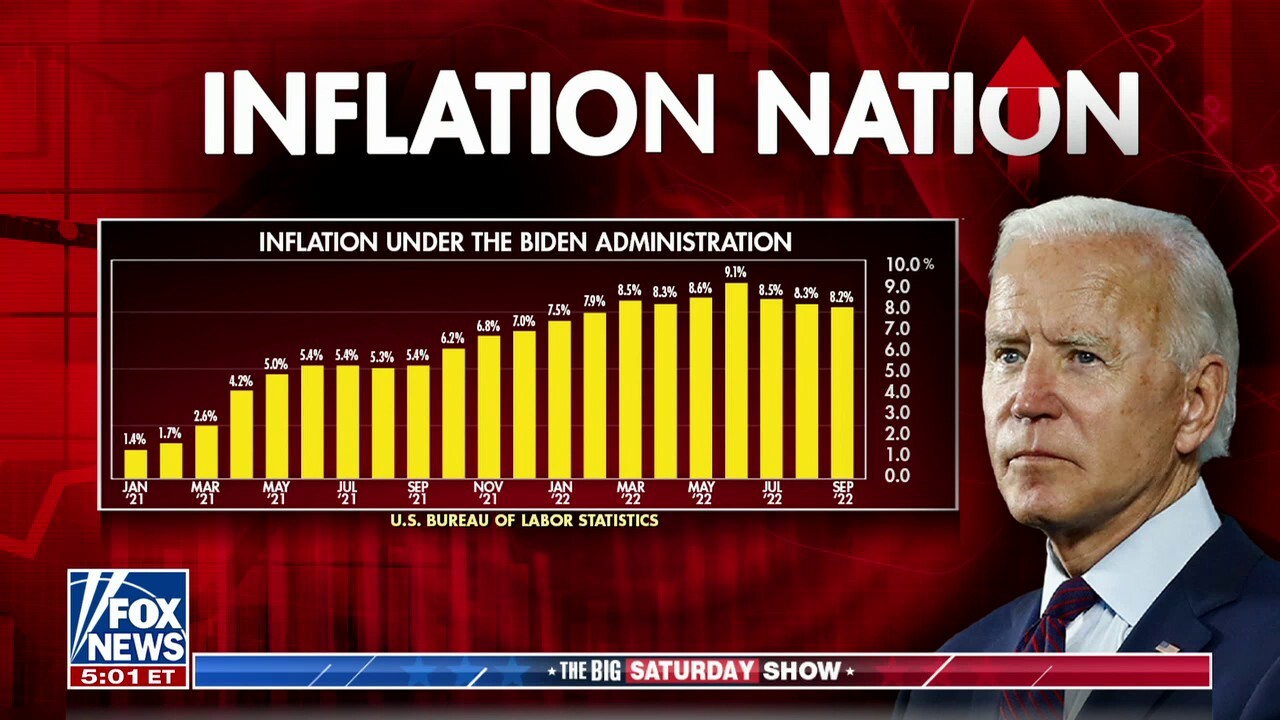Reviewing The Week: Identifying And Addressing Past Failures

Table of Contents
Identifying Past Failures: A Structured Approach
To effectively address failures, we first need a systematic approach to identifying failures. This involves a thorough and consistent weekly review process.
Detailed Weekly Review Process
A structured weekly review is the cornerstone of identifying and addressing failures. Here's a step-by-step process:
- Schedule Dedicated Time: Set aside a specific time each week (e.g., Friday afternoon or Sunday morning) for your review. Consistency is key.
- Choose a Consistent Format: Select a method that works for you – a spreadsheet, a notebook, a project management tool, or even a dedicated digital note-taking app. The important thing is to maintain consistency.
- Review All Tasks: Analyze both completed and unfinished tasks. Focus on what went well and what could have been improved.
- Analyze Causes of Delays or Failures: For each unfinished or poorly executed task, identify the contributing factors. Be honest and thorough in your self-assessment.
Categorizing Failures for Better Understanding
Categorizing failures helps you understand patterns and trends. Consider these categories:
- Technical Issues: Software glitches, hardware malfunctions, website outages, etc. For example, a critical system failure could lead to project delays.
- Communication Breakdowns: Misunderstandings, lack of clarity, ineffective communication channels, etc. For example, unclear project requirements could result in wasted effort.
- Resource Constraints: Lack of time, budget, personnel, or necessary equipment. For example, insufficient staffing could lead to project overruns.
- Personal Errors: Mistakes, oversights, procrastination, poor time management, etc. For example, neglecting to back up important files could lead to data loss.
Using a system to categorize your failures, such as a simple spreadsheet or a visual chart, will provide valuable insights into the frequency and nature of your challenges. This allows for more effective problem-solving. For instance, consistently categorizing failures as "communication breakdowns" might indicate a need for improved team communication training.
Analyzing Root Causes: Beyond Surface-Level Issues
Simply identifying failures isn't enough; we need to understand why they occurred. This requires digging deeper than surface-level explanations.
The "5 Whys" Technique
The "5 Whys" technique is a powerful tool for uncovering root causes. Ask "Why?" five times to drill down to the underlying issue.
- Step-by-Step Guide: For each failure, ask "Why did this happen?" Then, take the answer and ask "Why did that happen?" Repeat this process five times.
- Example: Project delayed. Why? Insufficient resources. Why? Budget cuts. Why? Unforeseen market downturn. Why? Increased competition. Why? Failure to adapt to changing market conditions.
- Limitations: While effective, the 5 Whys might not always reveal the complete root cause. Consider using it in conjunction with other analytical methods.
Identifying Systemic Issues
Recognizing recurring patterns is crucial. Repeated failures often point to systemic issues within processes, workflows, or organizational structures.
- Examples of Systemic Issues: Inadequate training, insufficient resources (consistent resource constraints indicate a deeper issue), flawed processes, lack of clear roles and responsibilities.
- Strategies for Addressing Systemic Issues: Process improvement initiatives, better resource allocation, improved training programs, implementing new software or technology. Addressing these systemic issues prevents future failures.
Developing Actionable Solutions: Turning Insights into Improvements
Once you've identified and analyzed failures, it's time to create actionable solutions.
Creating Concrete Action Plans
Develop SMART goals to address identified failures. SMART stands for Specific, Measurable, Achievable, Relevant, and Time-bound.
- Examples of SMART Goals: "Improve team communication by implementing daily stand-up meetings by next Monday," or "Reduce project delays by 15% within the next quarter by improving resource allocation."
- Ownership and Deadlines: Assign ownership and set realistic deadlines for each action item.
- Progress Tracking: Regularly track progress and make adjustments as needed.
Seeking Feedback and Collaboration
Seeking feedback is invaluable. Diverse perspectives enrich problem-solving and uncover blind spots.
- Strategies for Seeking Constructive Criticism: Request feedback from colleagues, mentors, or supervisors. Ask specific questions about your performance and areas for improvement.
- Benefits of Collaborative Problem-Solving: Brainstorming sessions, peer reviews, and team meetings can generate creative solutions.
- Incorporating Feedback: Actively listen to feedback and incorporate it into your action plans.
Conclusion
Regularly reviewing the week, identifying and categorizing failures, analyzing root causes, and creating actionable solutions are vital for continuous improvement. By consistently identifying failures and addressing them proactively, you build resilience, boost productivity, and pave the way for greater success. Start reviewing your week today! By consistently identifying and addressing past failures, you'll build resilience, boost productivity, and achieve greater success. Make reviewing the week a regular part of your workflow and watch your performance soar!

Featured Posts
-
 Exclusive Interview Air Traffic Controller Prevents Midair Collision
May 17, 2025
Exclusive Interview Air Traffic Controller Prevents Midair Collision
May 17, 2025 -
 Analysis The Implications Of Privatizing Student Loans Under A Trump Administration
May 17, 2025
Analysis The Implications Of Privatizing Student Loans Under A Trump Administration
May 17, 2025 -
 75 Million Gift To Transform Healthcare In West Valley U Of Us New Hospital Project
May 17, 2025
75 Million Gift To Transform Healthcare In West Valley U Of Us New Hospital Project
May 17, 2025 -
 Angel Reese On Potential Wnba Strike Players Demand Higher Pay
May 17, 2025
Angel Reese On Potential Wnba Strike Players Demand Higher Pay
May 17, 2025 -
 Knicks Brunson Exits Game Vs Lakers Due To Ankle Injury
May 17, 2025
Knicks Brunson Exits Game Vs Lakers Due To Ankle Injury
May 17, 2025
